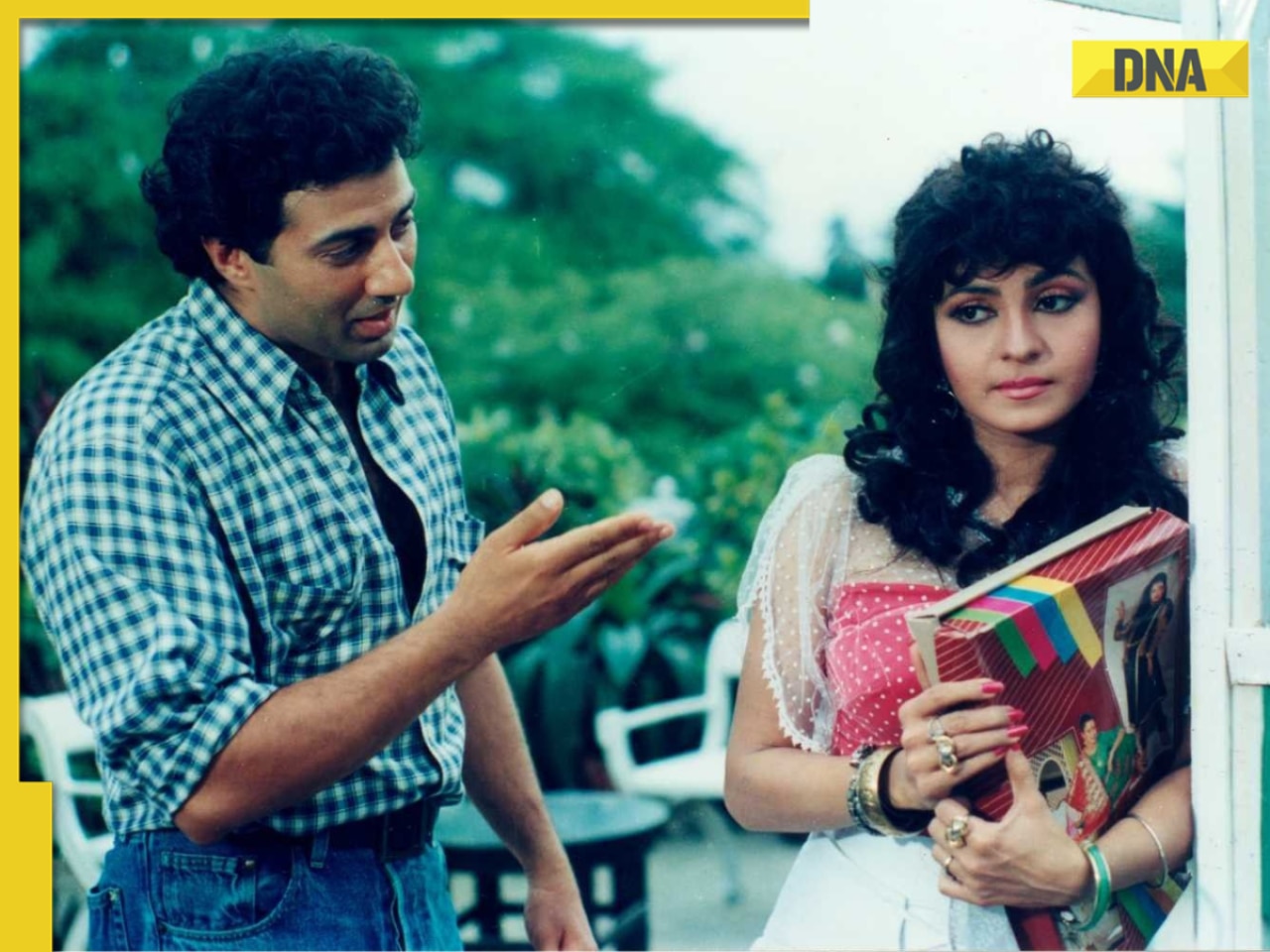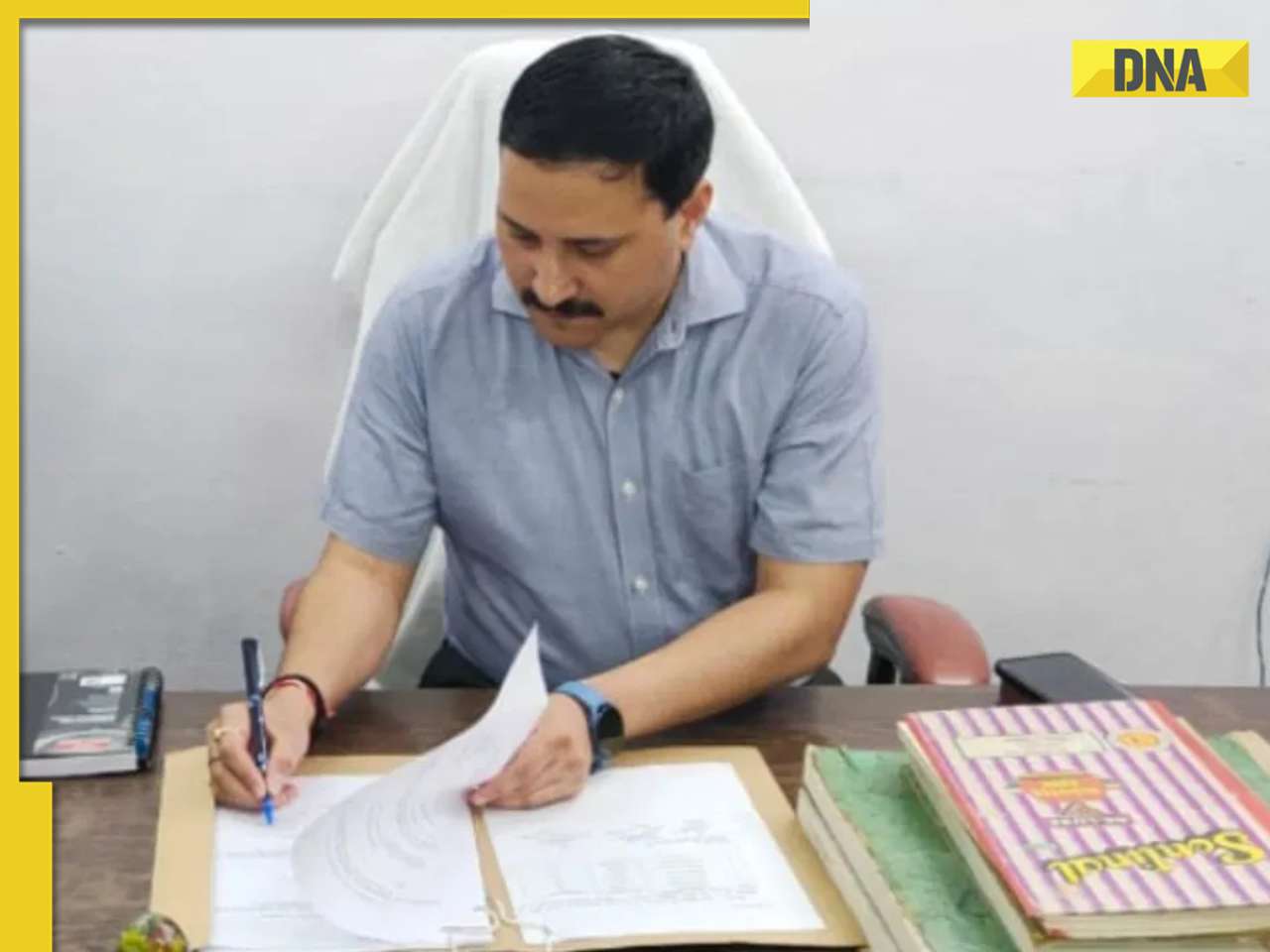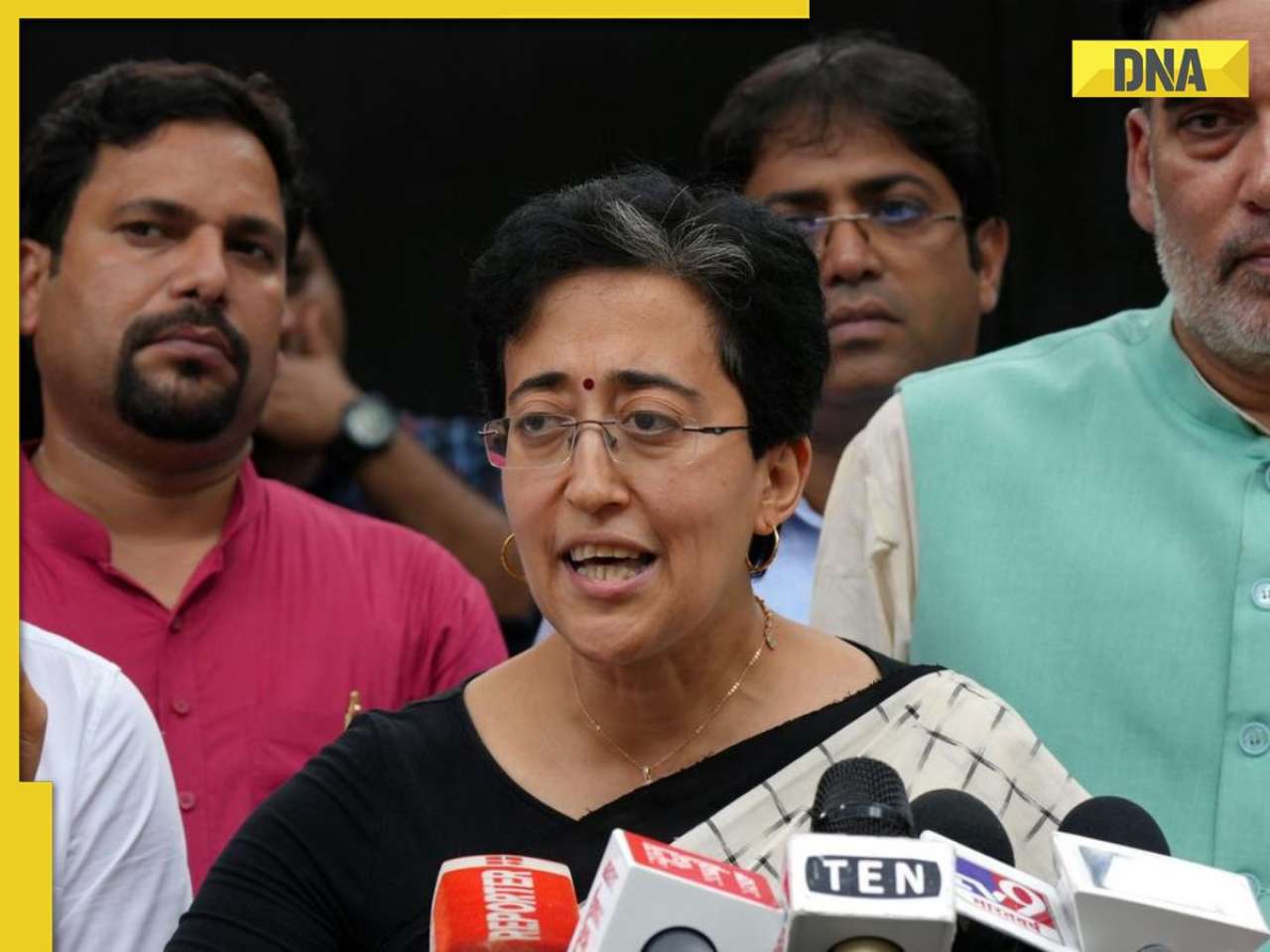Cricket pitches are primarily composed of soil, sand, and slit, among other materials.
India is gearing up to face Bangladesh in the first Test of the two-match series at the M.A. Chidambaram Stadium in Chennai, starting on September 19. It is anticipated that a red soil pitch will be utilized for this highly anticipated encounter.
Cricket pitches are primarily composed of soil, sand, and slit, among other materials. The composition of these elements plays a crucial role in determining how a pitch will behave at the beginning of a match and as the innings progress.
In this article, we will delve into the distinctions between red soil and black soil pitches in cricket, shedding light on why Chennai is leaning towards using a red soil surface for the upcoming India vs Bangladesh 1st Test match.
What distinguishes a Red-soil pitch from a Black-soil pitch?
The impact of a pitch on batters and bowlers is largely determined by its composition. Typically, a pitch is made up of a combination of clay, salt, slit, and fine sand, with proportions of approximately 50%, 5%, 20%, and 20%, respectively. These elements can be adjusted by pitch curators based on the requirements of a match and its format.
In cricket, a red soil wicket with low clay content has limited water absorption capabilities, resulting in reduced elasticity. As a result, red soil pitches tend to dry quickly and are prone to crumbling and breaking up early in games. Despite this, they offer good bounce and keep both batters and bowlers engaged throughout different phases of a match.
The soil on a red soil pitch often disintegrates as dust, particularly noticeable when bowlers deliver on the third day of a Test match. This early disintegration aids in turn and benefits spinners sooner rather than later.
Conversely, a black soil wicket with higher clay content retains water better, leading to a more stable pitch that lasts longer. This increased elasticity results in uneven bounce, requiring batters to take their time to adjust to the surface, especially on worn pitches.
Once batters acclimate to the pitch, they can capitalize on the conditions and score big runs more easily. Black soil pitches experience less wear and tear, maintaining consistency throughout games and being less prone to breaking up.
While black soil pitches offer stability, they also provide grip for the ball, allowing spinners to take advantage of turning conditions from the outset of a match.
Why is Chennai expected to use a red soil pitch for the first Test between India and Bangladesh?
The groundsmen in Chennai have prepared a red soil pitch for the first Test, indicating that the wicket is likely to favor spinners starting around Day 3, as is typical in Chennai.
In contrast, the Bangladesh team is accustomed to playing on a slow, black soil pitch at home, which is tailored to benefit spinners.
Despite the spin-friendly conditions, both teams boast strong spin options, setting the stage for an exciting and competitive match as it unfolds.
Also read| Meet Kumar Rocker, first Indian origin player to appear in Major League Baseball
![submenu-img]() Priyanka Chopra kisses Nick Jonas as Malti Marie closes her eyes; see more family pics from singer's London concert
Priyanka Chopra kisses Nick Jonas as Malti Marie closes her eyes; see more family pics from singer's London concert![submenu-img]() Lebanon: Thousands of Hezbollah members wounded after communication devices explode mysteriously
Lebanon: Thousands of Hezbollah members wounded after communication devices explode mysteriously![submenu-img]() Meet woman, who is part of Rs 1257006 crore group, holds key position, she is Ratan Tata's...
Meet woman, who is part of Rs 1257006 crore group, holds key position, she is Ratan Tata's...![submenu-img]() Atishi's net worth: Know assets owned by Delhi's next CM
Atishi's net worth: Know assets owned by Delhi's next CM![submenu-img]() Meet Sunny Deol, Rajinikanth's heroine, in live-in relationship with married man for 35 years, refused to convert, now..
Meet Sunny Deol, Rajinikanth's heroine, in live-in relationship with married man for 35 years, refused to convert, now..![submenu-img]() Jammu and Kashmir Assembly Elections 2024 Voting: बुलेट पर भारी पड़ा बैलेट, पहले चरण में जम्मू-कश्मीर में 58% वोटिंग
Jammu and Kashmir Assembly Elections 2024 Voting: बुलेट पर भारी पड़ा बैलेट, पहले चरण में जम्मू-कश्मीर में 58% वोटिंग![submenu-img]() Mpox: भारत के इस राज्य में मंकीपॉक्स ने दी दस्तक, UAE से लौटे युवक में दिखे वायरस के लक्षण
Mpox: भारत के इस राज्य में मंकीपॉक्स ने दी दस्तक, UAE से लौटे युवक में दिखे वायरस के लक्षण![submenu-img]() Arvind Kejriwal क्या अब खाली करेंगे CM आवास? दिल्ली के पूर्व मुख्यमंत्री को मिलती हैं कौन सी सुविधाएं
Arvind Kejriwal क्या अब खाली करेंगे CM आवास? दिल्ली के पूर्व मुख्यमंत्री को मिलती हैं कौन सी सुविधाएं![submenu-img]() क्या है वन नेशन-वन इलेक्शन? भारत में इसे लागू करने से कितना फायदा और नुकसान, 10 पॉइंट में समझें पूरा मॉडल
क्या है वन नेशन-वन इलेक्शन? भारत में इसे लागू करने से कितना फायदा और नुकसान, 10 पॉइंट में समझें पूरा मॉडल![submenu-img]() कौन हैं एक्ट्रेस Chahat Pandey, जो जेल गईं, 'आप' नेता बनीं और अब Bigg Boss 18 में करेंगी एंट्री?
कौन हैं एक्ट्रेस Chahat Pandey, जो जेल गईं, 'आप' नेता बनीं और अब Bigg Boss 18 में करेंगी एंट्री?![submenu-img]() Ford to return to India after 2 years with reopening of....
Ford to return to India after 2 years with reopening of....![submenu-img]() Maruti Suzuki launches new Swift CNG, check price, mileage, other features
Maruti Suzuki launches new Swift CNG, check price, mileage, other features![submenu-img]() ‘30 LPA, 3BHK, no in-laws’: Woman earning Rs 1.32 lakh salary lists demands for future husband, netizens say...
‘30 LPA, 3BHK, no in-laws’: Woman earning Rs 1.32 lakh salary lists demands for future husband, netizens say...![submenu-img]() In a big EV push, Centre launches Rs 10900 crore PM E-Drive scheme to replace…
In a big EV push, Centre launches Rs 10900 crore PM E-Drive scheme to replace…![submenu-img]() World’s longest car has helipad, swimming pool, mini-golf course, can seat over…; it cost…
World’s longest car has helipad, swimming pool, mini-golf course, can seat over…; it cost…![submenu-img]() Meet India's first billionaire, who controlled 25% of world's GDP, had 50 Rolls-Royce, way richer than Mukesh Ambani
Meet India's first billionaire, who controlled 25% of world's GDP, had 50 Rolls-Royce, way richer than Mukesh Ambani![submenu-img]() IAS vs IPS: Who earns more? Differences in power, role, responsibilities
IAS vs IPS: Who earns more? Differences in power, role, responsibilities![submenu-img]() Meet boy who got record-breaking salary package from Google, was former Amazon employee, not from IIT, IIM…
Meet boy who got record-breaking salary package from Google, was former Amazon employee, not from IIT, IIM…![submenu-img]() Meet man who became IPS, then cracked UPSC to become IAS officer with AIR 52, is now DM of...
Meet man who became IPS, then cracked UPSC to become IAS officer with AIR 52, is now DM of...![submenu-img]() Meet PHD wife of IIT graduate hired at Rs 100 crore salary but was fired within a year, he is now...
Meet PHD wife of IIT graduate hired at Rs 100 crore salary but was fired within a year, he is now...![submenu-img]() Kolkata Doctor Case: Protesting Doctors React After CBI Arrests Sandip Ghosh And Abhijit Mondal
Kolkata Doctor Case: Protesting Doctors React After CBI Arrests Sandip Ghosh And Abhijit Mondal![submenu-img]() Nitin Gadkari: Union Minister Nitin Gadkari Reveals He Was Offered Support For PM Post But Declined
Nitin Gadkari: Union Minister Nitin Gadkari Reveals He Was Offered Support For PM Post But Declined![submenu-img]() Kolkata Doctor Case: Junior Doctors Protest For 5th Night As Talks With CM Mamata Fail Again
Kolkata Doctor Case: Junior Doctors Protest For 5th Night As Talks With CM Mamata Fail Again![submenu-img]() Muslim Sculptor Crafts Tiny Ganesh Idols On Pencil Graphite #shorts #viralvideo #ganesh
Muslim Sculptor Crafts Tiny Ganesh Idols On Pencil Graphite #shorts #viralvideo #ganesh![submenu-img]() Jaishankar: EAM Dr. S. Jaishankar On India-China Relations & Disengagement Problems | Ladakh
Jaishankar: EAM Dr. S. Jaishankar On India-China Relations & Disengagement Problems | Ladakh![submenu-img]() Meet woman, who is part of Rs 1257006 crore group, holds key position, she is Ratan Tata's...
Meet woman, who is part of Rs 1257006 crore group, holds key position, she is Ratan Tata's...![submenu-img]() Meet man, who lives in 2BHK flat in Mumbai, doesn't use any mobile, he is Ratan Tata's...
Meet man, who lives in 2BHK flat in Mumbai, doesn't use any mobile, he is Ratan Tata's...![submenu-img]() Amazon ends work from home, asks employees to return to office from...
Amazon ends work from home, asks employees to return to office from...![submenu-img]() Days after iPhone 16 series launch, Apple loses Rs 970000 crore due to...
Days after iPhone 16 series launch, Apple loses Rs 970000 crore due to...![submenu-img]() Meet man, BITS Pilani alumnus with over Rs 19500 crore net worth, now engaged in feud with brother over...
Meet man, BITS Pilani alumnus with over Rs 19500 crore net worth, now engaged in feud with brother over...![submenu-img]() This film was made in Rs 80 crore, actress scolded star kid while filming intimate scene; movie flopped, earned just...
This film was made in Rs 80 crore, actress scolded star kid while filming intimate scene; movie flopped, earned just...![submenu-img]() India’s richest child actor has net worth of Rs 8 crore, owns Rs 40-lakh luxury car, but nobody knows her 'real age'
India’s richest child actor has net worth of Rs 8 crore, owns Rs 40-lakh luxury car, but nobody knows her 'real age'![submenu-img]() 32-year-old superstar forcibly kissed 15-year-old co-star; left her traumatised, crying; later laughed about it saying..
32-year-old superstar forcibly kissed 15-year-old co-star; left her traumatised, crying; later laughed about it saying..![submenu-img]() Atishi is new Delhi CM: Know who was Delhi's first woman CM
Atishi is new Delhi CM: Know who was Delhi's first woman CM![submenu-img]() This actor worked in over 300 films, was abandoned by family, had no friends; was found with bottle of alcohol at...
This actor worked in over 300 films, was abandoned by family, had no friends; was found with bottle of alcohol at...![submenu-img]() Atishi's net worth: Know assets owned by Delhi's next CM
Atishi's net worth: Know assets owned by Delhi's next CM![submenu-img]() Thane Biggest Builders RK Builders and DHL Group Join Forces for Maharashtra’s Largest BTS Warehouse
Thane Biggest Builders RK Builders and DHL Group Join Forces for Maharashtra’s Largest BTS Warehouse![submenu-img]() Atishi to become Delhi CM: Know why she dropped her second name ‘Marlena’
Atishi to become Delhi CM: Know why she dropped her second name ‘Marlena’![submenu-img]() Arvind Kejriwal resigns as Delhi Chief Minister, tenders his resignation to LG
Arvind Kejriwal resigns as Delhi Chief Minister, tenders his resignation to LG![submenu-img]() Who is IPS Manoj Kumar Verma, the new Kolkata Police Commissioner?
Who is IPS Manoj Kumar Verma, the new Kolkata Police Commissioner?












































)
)
)
)
)
)
)
)
)
)
)
)
)
)
)





)
)
)
)
)
)